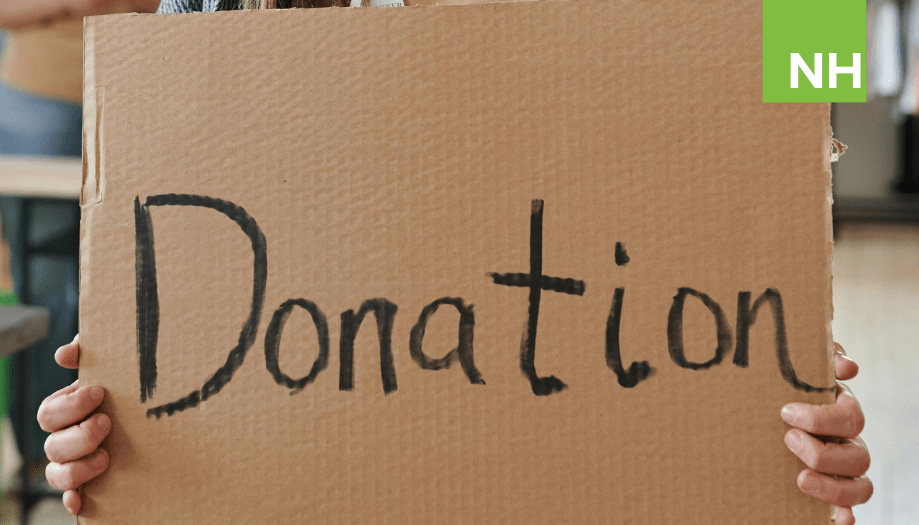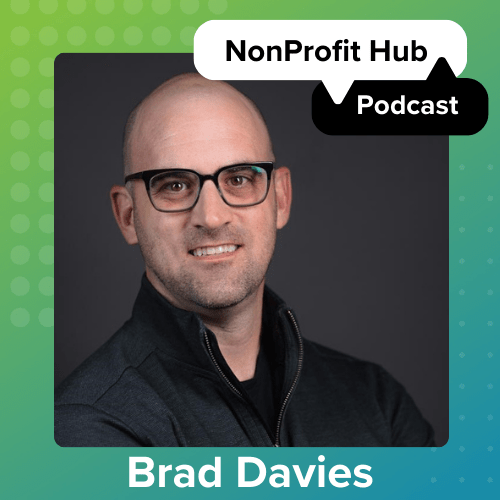5 Ways to Boost Donor Retention in 2024
You worked hard during the year-end giving season to attract new donors to your cause. Now it’s time to channel that momentum and convert them into long-term supporters. As we head into 2024, let’s map out a winning donor retention strategy to make that happen!
If we cut to the basics of what drives donor retention, the two most important elements are donor appreciation and impact reporting. Both concepts send strong feedback signals to supporters. They let them know that their gifts didn’t disappear into a vacuum but actually made a difference.
Donor appreciation efforts endear gift-givers to a specific organization, letting them know that you appreciate them. On the other hand, impact reporting showcases the value of their gift in relation to the cause as a whole. This will likely interest them the most, so you must communicate how far each donation dollar goes.
These feedback signals not only affirm and credit donors but can also foster in them a sense of responsibility for the mission. “My contribution isn’t just nice to have; it’s a need!” That connection and camaraderie with your team will motivate supporters to keep giving.
Here are five ways you can sustain that connection in January to build donor retention momentum for the whole year:
#1 “Thank You” Calls
Setting aside time to thank each of your donors by phone can be highly impactful. While appreciation calls are an effective strategy for donor retention, the donor mustn’t feel that it is your objective. Your task is to express gratitude for the gift, whether it is the first of many or the last they will ever give. If the donor senses that you are angling for a second gift, they may feel like you only see them as a human ATM which defeats the purpose of expressing gratitude in the first place.
A good approach in these calls is relaxing the formalities and expressing sincere appreciation on behalf of the organization. If you have data on the impact of their donation, this could also be a good opportunity to share it. If not, make sure to have some answers ready about how their dollars translate in terms of impact. What were you better able to achieve thanks to their donation? Educating them on your process and the part they played in its delivery will increase their personal—and potentially financial—investment in your organization and cause.
# 2 Handwritten Thank You Notes
Have you ever applied for a job and immediately received an automated email response from the company saying how much they appreciated your application? Most likely, you didn’t take their words to heart. Thanking your donors through email can hit in the same way. Instead, make an effort to add a personal touch to your correspondence. Handwritten letters, especially when signed by an Executive Director or board member, show donors they are worth more than an automation cycle.
Handwritten correspondence also presents an opportunity to briefly share information about your cause and its impact. However, make sure to recognize the letter’s recipient as the vehicle of that impact. “Together, we were able to…”, “Thanks to your donation, we achieved…” etc.
# 3 Creative Impact Reporting
There is no one way to report the impact of your mission. Whether you measure success in terms of lives touched, animals saved, or children helped, it should always be supported through data that is easy to understand. This does not mean that your impact reporting must be dry. Quite the opposite—sharing the stats on your accomplishments as thought-provoking visualized data will impress prospective donors and be a rich source of content for social media.
This can be done through:
- Interesting visual comparisons: To give context to your data discoveries, provide a comparison that will stick in audiences’ heads. For example: “This year, we provided enough clean drinking water to fill two Empire State buildings!” That’s a great visual that gives audiences a tangible sense of your organization’s impact.
- Take audiences on a journey through your process: People may have a general sense of your organization’s activities and goals. But if you can walk them through all the steps, from the initial donation to the final delivery of the social good, they can feel confident about future contributions. Try making a carousel graphic for social media that allows audiences to swipe through the amount raised, how you invested it, and the positive impacts of those funds. The social media format will challenge you to present your data in an accessible, visually appealing way so make sure to use only the most compelling data points, conveyed through bright, friendly colors for simple graphics.
# 4 Communications Calendar
You’ll want to strike the right balance when it comes to how often you reach out to your donors. Contact them too sporadically, and you will lose momentum. Do it too often, and your messages are white noise. Instead, review your calendar to determine the most strategic times throughout the year to make contact. Are you hosting an event for fundraising or community service activities? What holidays are relevant to your mission? And, of course, charity and giving occur more frequently in some seasons than in others.
Once you have determined the best times to contact, you must decide what exactly you want from the exchange. If you are hoping for a high volume of donations ahead of a fundraising event, then explicitly state the need you aim to address with what you receive. Bring donors in on the problem and leave no question why the event is essential for resolving it. Again, the aim is to stoke a sense of responsibility in your supporters.
# 5 Proactively and Regularly Providing Perks to increase Donor Retention
The benefits of donating should not stop with the ensuing good feelings. You should provide residual perks as well, such as:
- “I donated” badges: Create a digital “I donated” badge or graphic that donors can share on their social media pages. Make sure it’s aesthetic and direct, and most of all, it references your brand. This allows supporters to celebrate their contribution and builds awareness of your nonprofit and mission. Subliminally, sharing your badge donors gives your organization a public stamp of approval. They are effectively saying, “I trust this organization, and you should too.”
- Public recognition: Assuming you have the donor’s consent, you can also promote them on social media and in your newsletter. This is especially effective when a moving story is involved. For example, a post that recognizes how an individual’s blood donation helped another person finally leave the hospital. Promoting stories like this strengthens the donor’s affiliation with your cause and puts your impact on full display.
If you want to learn more about how to incentivize further donations you can check out our blog post on how to attract donors.
Prioritize making supporters feel both appreciated and connected to the mission. Doing so will lead to repeat donors who become passionate about your cause and who share that passion with their circles. As you begin to map out your plans for 2024, which of these donor retention strategies will be a top priority for you and your team?







